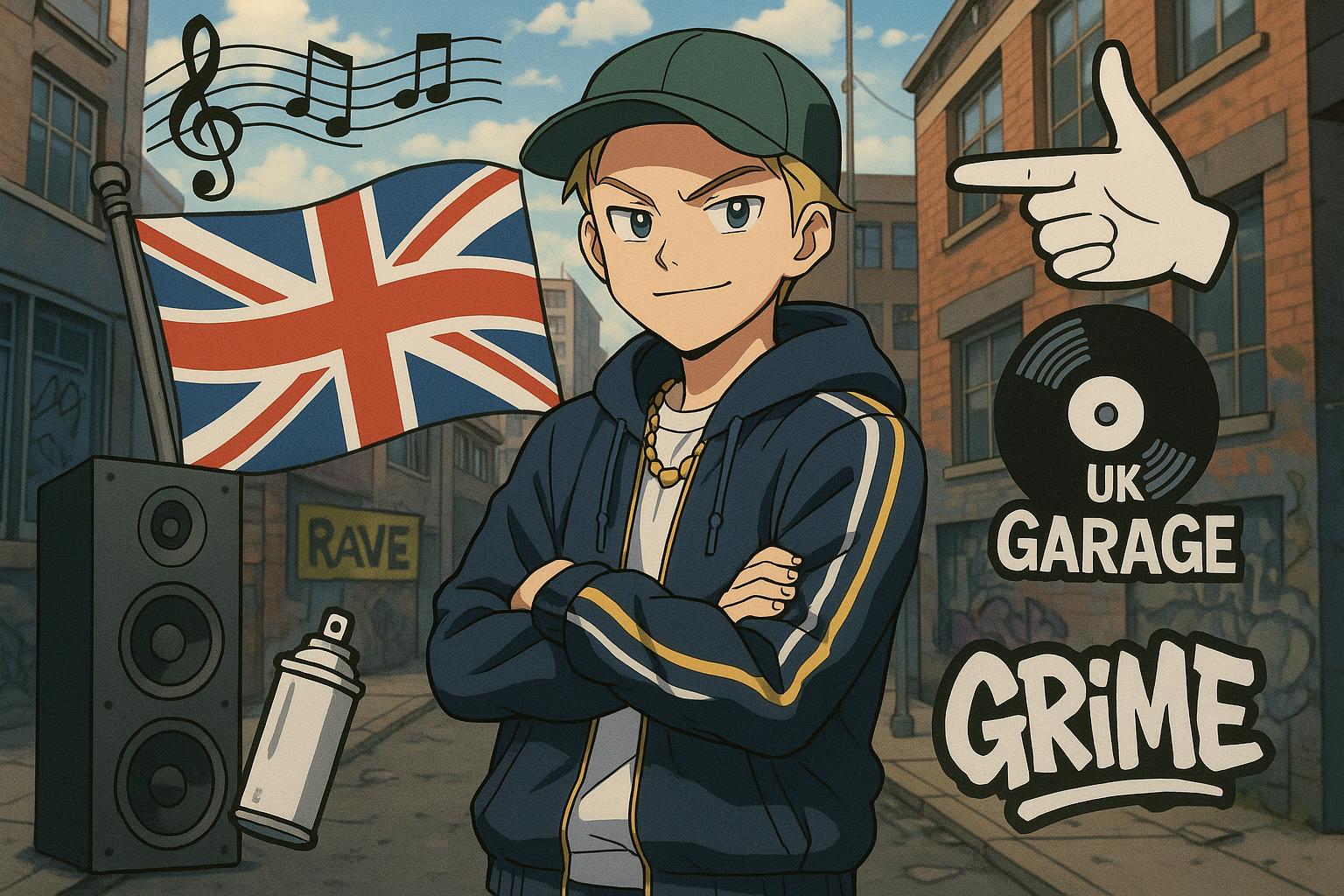There was a time when musical nostalgia in British advertising relied heavily on a predictable repertoire of classics, defined by the enduring melodies of The Beatles, the grooves of Fleetwood Mac, and the emotive ballads of Elton John. This nostalgic pattern is beginning to shift, giving way to a new wave that draws inspiration from genres once considered underground. The sounds now resonating in contemporary advertisements tap into the raw energy of UK garage, grime, and early road rap, reflecting not only changing musical tastes but a profound generational shift in cultural memory.
As brands increasingly integrate the potent sounds of the past, they are not just recycling familiar beats. The emotional resonance of tracks by artists such as So Solid Crew, DJ Luck & MC Neat, and Skepta is being harnessed to evoke memories for those who once curated mixtapes on LimeWire or exchanged ringtones over Bluetooth. This recontextualisation of music serves as a powerful reminder of a vibrant cultural tapestry that has shaped the soundtracks of many youths in the UK. The evolution of UK garage and grime over the past three decades, celebrated recently for its 30th anniversary, highlights its significant role in shaping not just music, but also fashion and identity within British youth culture.
Recent campaigns reflect this embrace of a broader musical lexicon. In Jacamo's "I get the nod," the spirited energy of Roots Manuva’s “Witness the Fitness” is repurposed to promote fashion positivity and confidence among men. Meanwhile, Pizza GoGo took a bold step by crafting a modern diss track that responded to a lyric from Skepta, effectively bridging past and present in a playful yet meaningful exchange. Brands are finding that leveraging nostalgia—a shortcut to engagement—requires both creativity and an understanding of cultural significance. Advertisements like Luton Airport Express’s clever take on So Solid Crew’s iconic “21 Seconds” and Andrex’s unexpected nod to DJ Pied Piper’s “Do You Really Like It” exemplify successful attempts to resonate with audiences while respecting the roots of the music involved.
These shifts in advertising not only denote changing strategies but signal a deeper cultural understanding. Music from these genres embodies identity and community, with histories rooted in DIY ethos and communal experiences. As brands attempt to capture this rich tapestry, it becomes imperative they do so with care and genuine respect. Successfully integrating these sounds means honouring the grassroots origins and the artists who crafted them. Failing to do so risks appropriation rather than appreciation, turning what could be a moment of shared nostalgia into a missed chance for authentic connection.
When executed thoughtfully, this brand nostalgia transcends mere marketing; it becomes an honest invitation for connection. It acknowledges shared memories, creating an experience that resonates deeply in an age marked by fragmented attention spans. In a marketplace where standing out is increasingly challenging, tapping into the emotional weight of these cultural artefacts can forge lasting and meaningful engagements. It’s a reminder that these sounds echo with history—they belong to a collective experience that, when shared authentically, speaks volumes.
As brands navigate this shifting landscape, they must remember that the music not only carries the memories of the time but also reflects the vibrancy of the cultures that birthed it. Engaging with these sonic legacies thoughtfully can foster genuine connections, creating advertisements that not only resonate but also respect the rich cultural narratives behind them. In doing so, brands are not merely utilising nostalgia; they are weaving themselves into the very fabric of a culture that speaks to the heart of its audience.
Reference Map:
- Paragraph 1 – [1], [2]
- Paragraph 2 – [1], [4], [5]
- Paragraph 3 – [3], [6]
- Paragraph 4 – [1], [5]
- Paragraph 5 – [1], [7]
Source: Noah Wire Services
